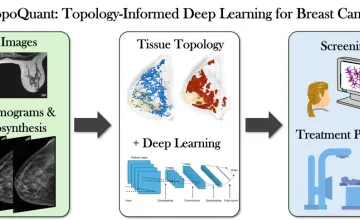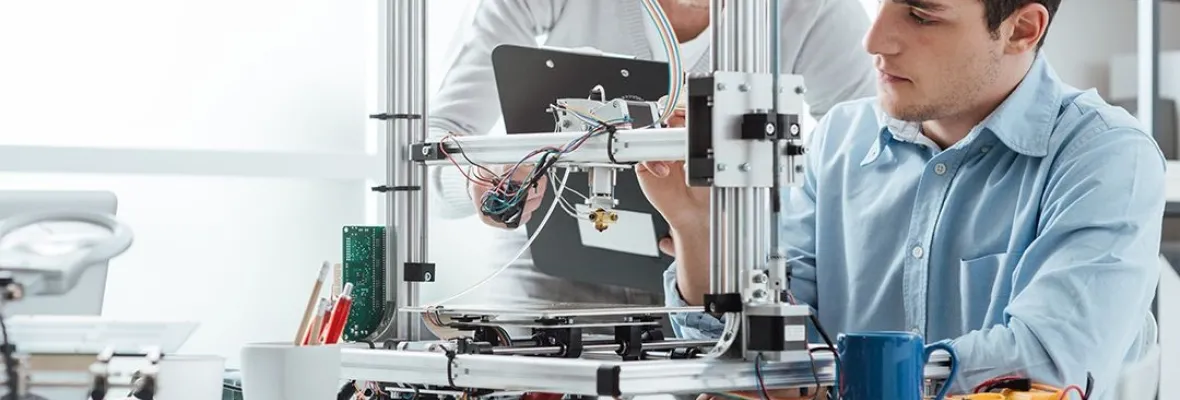AAU universities conduct a majority of the federally funded university research that contributes to our economic competitiveness, health and well-being, and national security. AAU universities are growing our economy through invention and innovation while preparing the next generation of scientists and engineers for global leadership. By moving research into the marketplace AAU universities are helping to create jobs, and provide society with new medicines and technologies.

UMD geologists uncovered evidence of a section of seafloor that sank into the Earth's mantle when dinosaurs roamed the Earth; it's located off the west coast of South America in a zone known as the East Pacific Rise.

Novel research supported by NCI could lead to more specific predictive disease models

A new University of Kansas study reveals parents seeking health care information for their children trust AI more than health care professionals when the author is unknown, and parents rate AI generated text as credible, moral and trustworthy.

Hypertension and amyloid plaques can separately cause dementia. Having both increases a person’s odds of developing cognitive decline, a new study finds
Explore More: University Research
You can filter stories by the university.
A Purdue-affiliated startup has created software that rapidly converts aerial crop photos into useful information for plant breeding, crop modeling and precision agriculture.
Researchers at Case Western Reserve University have taken a crucial step toward increasing the lifespan of photovoltaic solar panels and potentially lowering solar-energy costs for manufacturers and consumers.
Case Western Reserve University | Energy Storage/Distribution | Research to Secure Our Energy Future | University Research
The fight against type 2 diabetes may soon improve thanks to a pioneering high-fiber diet study led by a Rutgers University–New Brunswick professor.
The Army Community Service (ACS), a program designed to provide a vast array of social services to soldiers’ families, is working with the Georgia Tech Research Institute on a sweeping project to revamp the program's information systems.
Scientists have developed a new blood test that improves on existing options for diagnosing a Zika infection by extending the window of accurate detection from weeks to months after the onset of infection.
